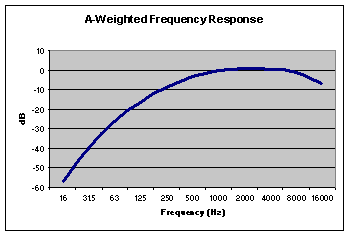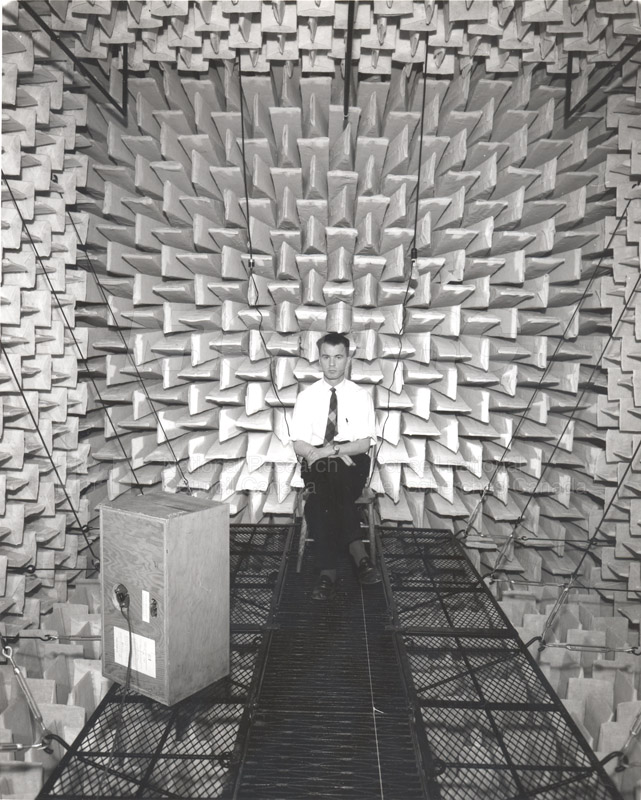About distortion of loudspeakers, please remember that music has most energy between 50-500Hz and peak levels of 95-105dB(C) aren't at all rare for people who imitate live levels of a club, big band or a symphony orchestra. Environmental noise is typically measured with A-weighting, but you shouldn't compare that to speaker measurements that have no weighting at all.

I find it funny, that many people here are very much worried of dacs and amps having 0,01% distortion, but easily accept 1% for a speaker.

I find it funny, that many people here are very much worried of dacs and amps having 0,01% distortion, but easily accept 1% for a speaker.
Last edited:




